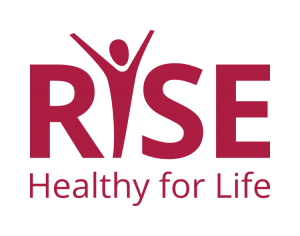Many LGBTQIA+ youth thrive in school, relationships, and their communities, but it is important to recognize that LGBTQIA+ youth are also at high risk for experiencing violence and bullying and have disproportionately high rates of unintended pregnancies, sexually transmitted infections, depression, and substance abuse. Comprehensive and inclusive sex education can help improve these outcomes for all youth. This training will provide an overview of the unique challenges and needs of LGBTQIA+ youth and allow participants to discuss and practice strategies to promote more inclusive classrooms and curriculum.
In this training, participants will:
- Gain an understanding of the needs of LGBTQIA+ youth, including those related to sex education.
- Define LGBTQIA+ terminology.
- Review relevant and current data on LGBTQIA+ youth.
- Look at the relationship between sex education and LGBTQIA+ youth.
- Discuss underlying causes of the increased risk for unintended teen pregnancy among LGBTQIA+ youth, including greater societal constructs and systems of oppression.
- Discuss the creation and content of the LGBTQIA+ Inclusivity Toolkit.
- Apply inclusivity principles in reviewing and adjusting curriculum.



